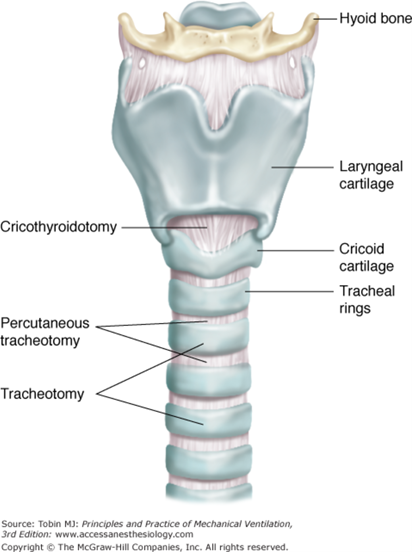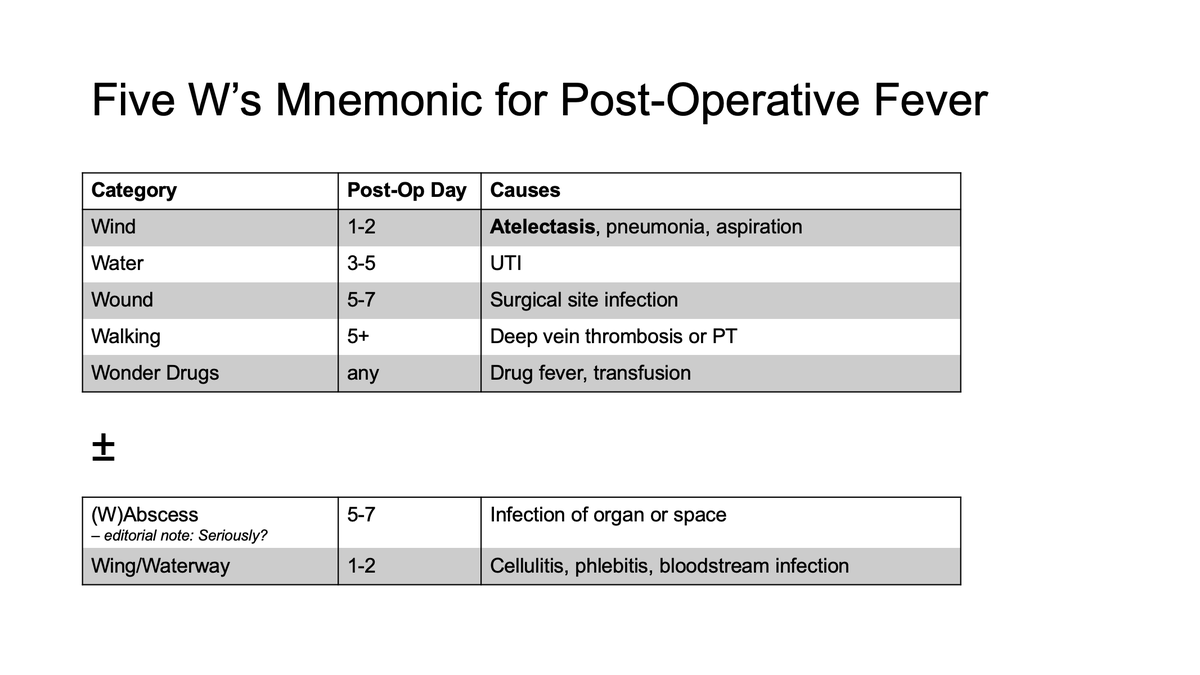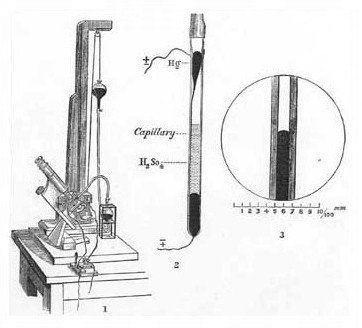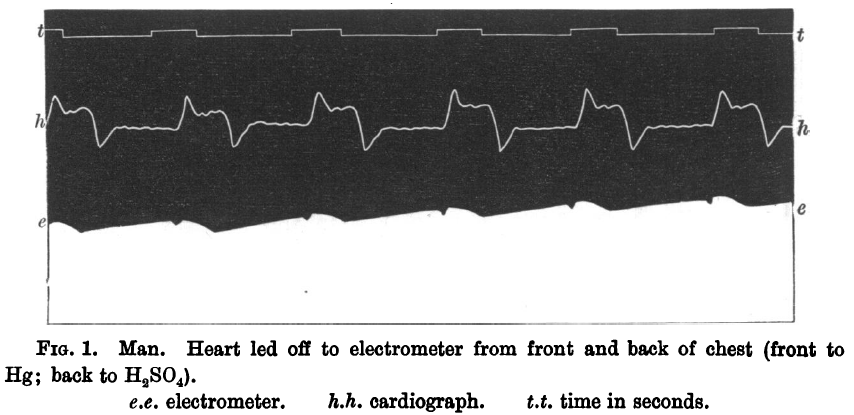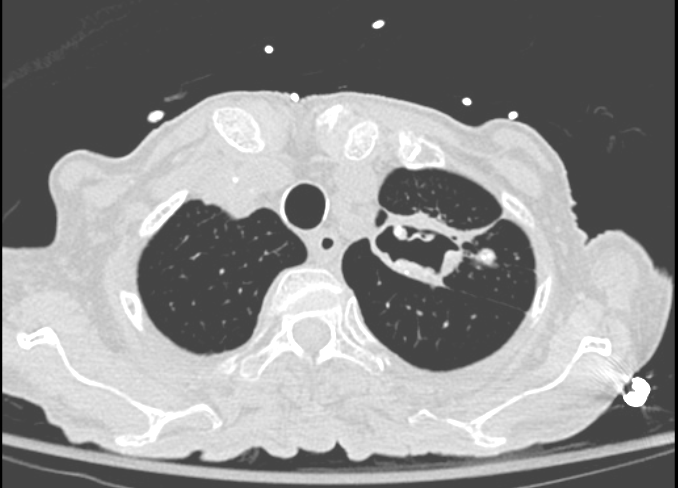
Hospitalist @LosAngelesVA | Educator @dgsomucla | #MedEd, #histmed, physical diagnosis, clinical reasoning, & Dad jokes. Tweets are my own.
5 subscribers
How to get URL link on X (Twitter) App


 2/ PPCs are extremely common and associated with a high rate of morbidity and mortality following surgery.
2/ PPCs are extremely common and associated with a high rate of morbidity and mortality following surgery. 

 2/
2/


 2/
2/ 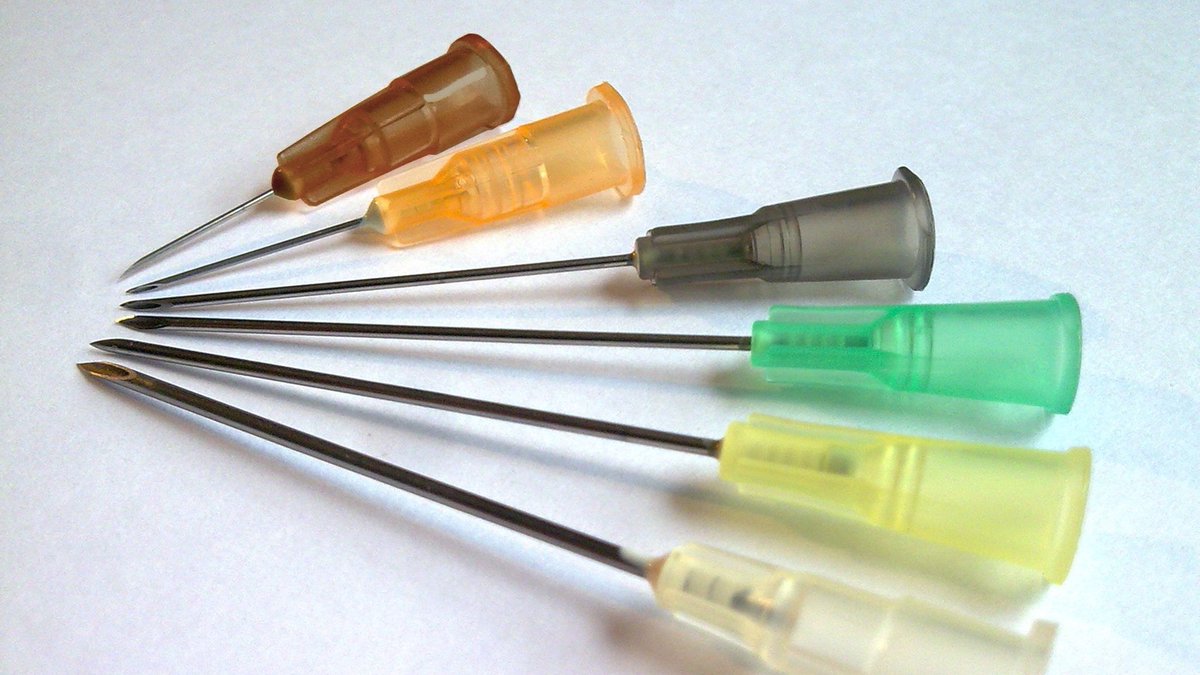
 2/ The gauge numbers on modern hypodermic needles are adapted from the Birmingham Wire Gauge (BWG), a system developed during the Industrial Revolution in the early 1800s to standardize the British cottage industry of iron and steel wire manufacturing.
2/ The gauge numbers on modern hypodermic needles are adapted from the Birmingham Wire Gauge (BWG), a system developed during the Industrial Revolution in the early 1800s to standardize the British cottage industry of iron and steel wire manufacturing. 

 2/
2/